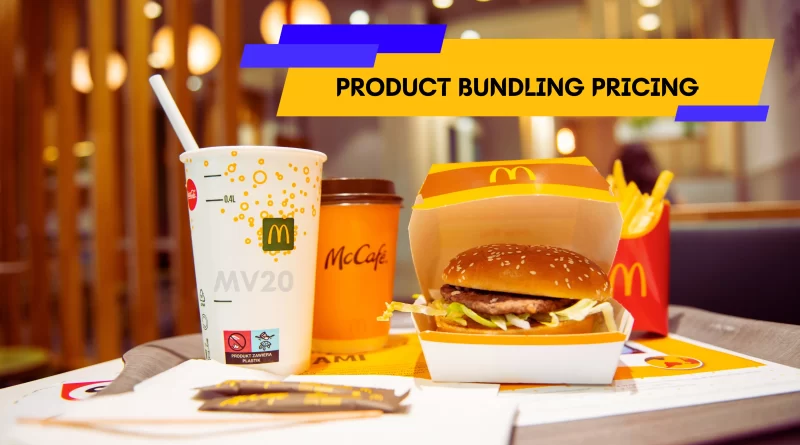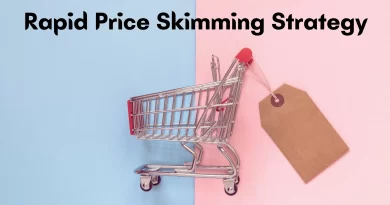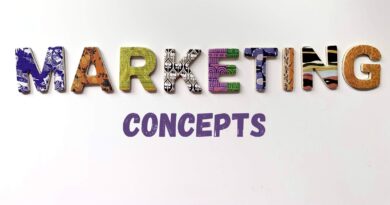Product Bundling Pricing in Marketing [Many Examples Included]
Product bundling is a pricing strategy where a business offers several products or services for sale as a package deal. This strategy is commonly used in various industries, such as telecommunications, software, and even fast food.
But what exactly is the benefit of bundling products together, and how can businesses effectively implement this strategy? In this article, Im going to explain the same!
Benefits of Product Bundling Pricing
One of the biggest benefits of product bundling is that it can increase the perceived value of a purchase.
When customers see that they are getting multiple items for a lower price than they would if they bought each item individually, they are more likely to make the purchase. This can lead to increased sales and higher profit margins for businesses.
Another benefit of product bundling is that it can help businesses increase customer loyalty. When customers purchase a bundle, they are often more likely to continue purchasing from the business in the future.
This is because they have already invested in the company’s products, and they are more likely to want to continue using them.
Effective Product Bundling Strategies
The “Complimentarities” Bundle
This strategy involves bundling products that complement each other. For example, a company that sells razors may bundle its razors with shaving cream. The customer gets a better deal by purchasing the bundle, and the company is able to increase sales of both products.
The “Pure Bundle”
This strategy involves bundling a group of products that are typically purchased together. For example, a fast food restaurant may bundle a burger, fries, and a drink together in one meal deal.
The “Unbundled Bundle”
This strategy involves offering customers the option to purchase a bundle or to purchase products separately. For example, a software company may offer a bundle of all its programs or offer them separately. This strategy can be effective because it allows customers the flexibility to only purchase the products they need.
As a business owner, you must be aware that you should only bundle products that are related and are often purchased together. Bundling unrelated products together may confuse customers and ultimately lead to fewer sales.
Examples of Product Bundling
The fast food industry is known for its bundled meals. For example, McDonald’s offers “Happy Meals” which include a burger, fries, and a drink at a discounted price.
The telecommunications industry is also known for its bundled packages. For example, Verizon offers a bundle that includes a phone, a plan, and a mobile hotspot for a discounted price.
Software companies also use product bundling pricing strategies. For example, Microsoft Office Suite includes a bundle of several programs such as Word, Excel, PowerPoint, and Outlook.
A Few More Examples Of Product Bundling Pricing
One real-life example of product bundling in action is the cable and internet service provider industry. Many providers, such as Comcast and AT&T, offer bundled packages that include cable television, internet, and sometimes even home phone services.
For example, Comcast’s “Triple Play” bundle includes digital cable, high-speed internet, and home phone services all for one discounted price.
By bundling these three services together, Comcast is able to increase the perceived value of the purchase for customers and make it more convenient for them to have all these services from the same provider.
Further, these bundled packages also give customers an incentive to stay with the provider for a longer period of time, thus increasing customer loyalty. This is because if a customer cancels one service, he/she will be charged extra to retain the other service.
Another example is the video game industry. Many game developers and publishers bundle their games together and sell them as a collection or “Season Pass”.
This strategy is common in online multiplayer games such as Call of Duty, where the developers release new content and updates regularly, and the customers can purchase a season pass to get access to all the new content at a discounted price instead of buying them separately.
Final Thoughts!
In my opinion, product bundling is a pricing strategy that can be extremely effective for businesses. Comment below if you need further clarification on the product bundling pricing strategy used by marketers!
And out of the above-mentioned examples whom do you think is effectively implementing product bundling strategy?
Further read:
Value Based Pricing In Marketing




